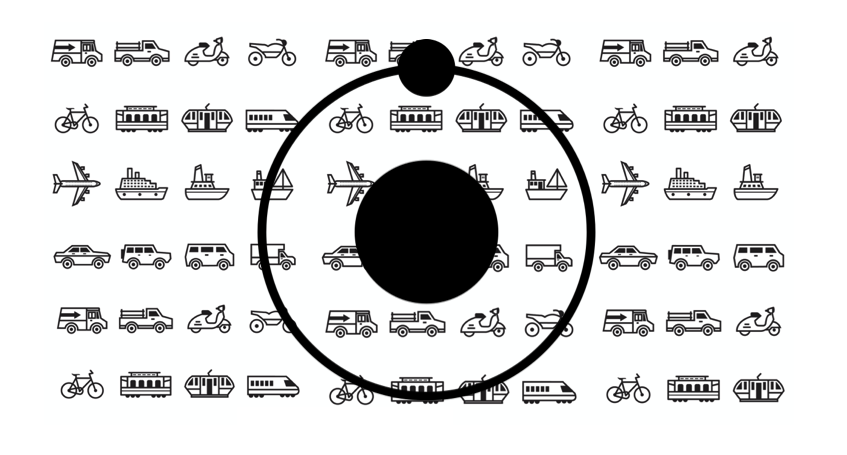
Besides the clear breakthrough of battery technology for electric propulsion, we hear a lot about hydrogen. Hydrogen is very relevant for the energy transition in general, but there are many doubts about its application for mobility. A major disadvantage of hydrogen is the limited efficiency, and thus ultimately the high cost of the fuel. Another important disadvantage is its volatile nature.

The commonly used solution is to put the hydrogen under very high pressure, up to about 700 bar, in relatively heavy tanks. This could still work for cars but becomes quite a problem for scooters, motorcycles, and drones. That is why research is also being conducted into all kinds of chemical bonds of hydrogen that solve this problem. A distinction can be made here between solutions in the form of liquid compounds, such as formic acid and ammonia, and solutions in the form of solid-state compounds. We are looking at the latter group a little more closely this time.
For example, the Dutch start-up H2Fuel uses the substance sodium borohydride to bind hydrogen. For example, you can process this into harmless white granules or white powder. Mixing this with water then releases the hydrogen and with a fuel cell, you can then convert the hydrogen back into electricity for propulsion. The residual product that remains must then be removed and recycled.
Last month, the German Fraunhofer Institute also came up with news about its power paste, see also this Innovation Origins post. They use magnesium. With hydrogen and a few extra substances, you can process this into a harmless paste. If you mix that with water again, you get hydrogen and, with a fuel cell, electricity. When used in a scooter or drone there is a sort of plunger which pushes the paste out of a cartridge. When the cartridge is empty you can exchange it for a full one. You also have to get the residual material (mainly magnesium) out of the scooter or drone via a filled residual tank, and you can then recycle that, just like with the sodium borohydride powder.
So both inventions make a solid or thick liquid substance, with an energy density comparable to that of ordinary gasoline, which is harmless and can be transported under normal conditions. So you don’t need a conversion to high pressure, or heavy tanks in your car, scooter or drone. What you do need is infrastructure – not only for charging but also for returning the residues. Just as is the case with the iron powder discussed earlier in this series of columns.
Have we now discovered the holy grail of the necessary transition to climate-friendly or neutral mobility? I fear we don’t. After all, to make hydrogen we first have to use green energy to produce hydrogen via electrolysis. Energy is lost in the process. If we then want to convert the hydrogen to a powder or a paste, that costs energy again.
“Have we now discovered the holy grail of the necessary transition to climate-friendly or neutral mobility? I fear we don’t.”
Maarten Steinbuch
Then the hydrogen is converted back into electricity via the fuel cell, and this step also costs energy. According to a Fraunhofer publication, their power paste has a total efficiency from start (green electricity) to finish (electricity for driving) of about 31%. Using hydrogen under high pressure has a total efficiency of about 36%. From the powder solution with sodium borohydride, I expect something similar to the paste.
When using a battery electric drive, the efficiencies are more likely to be around 80%. The cost of hydrogen as an energy carrier is inherently high, even if the green energy were free. This is because the investment required in the equipment for all the process steps adds substantially to the total cost.
So would there be any future at all for hydrogen powder or paste? Yes, there is: especially for those applications where battery weight is a strong limiting factor. For example, scooters, motorcycles, and drones for longer distances. And perhaps for long-distance shipping and aviation.
Maarten Steinbuch and Carlo van de Weijer are alternately writing this weekly column, originally published (in Dutch) in FD. Did you like it? There’s more to enjoy: a book with a selection of these columns has just been published by 24U and distributed by Lecturis.
